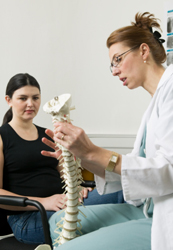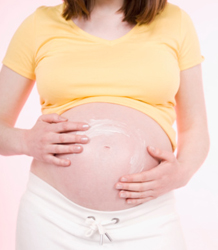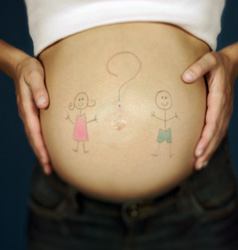CHANGES TO MUM
As your belly grows be sure to take care of the rest of your body. Your weight gain over the next 19 or so weeks will inevitably put extra strain on your body that it is not used to. You will have pressure on your back and can result in postural changes and discomfort.
When you need to, take time out and put your feet up, rest and relax. You may begin to notice aches and pains from 21 weeks of pregnancy, particularly in your legs and back.
As you bulk up during pregnancy, the curve in your lower back increases and your center of gravity shifts forward. Resist the urge to lean back when you are standing and walking.
The extra weight also puts pressure on the joints and supporting muscles in your body. 50% of women experience significant levels of back or pelvic pain throughout their pregnancy.
You may find that your legs and ankles swell during pregnancy, so put your feet up when sitting to alleviate some aches and pains.
There are some pregnancy products such as support belts and braces that can help to sustain your back and belly, as well as maternity support hosiery for your leg pain.
Seeking medical help for your back and body strain such as seeing a chiropractor or physiotherapist may be of help for your changing body while pregnant.
Professional care can help your body to adapt to the changing pressures of pregnancy. It can also help with reduction in labour time and to keep your nervous system free of interference, helping you be as healthy as possible.
If you don’t feel that a chiropractor or physiotherapist is for you then there are some tips that can help to relieve back pain. A massage from your partner or therapist may help. Also avoid high-heeled shoes, use a firm mattress, try exercises to strengthen your spine and try to improve your posture.
As your waistline disappears you may also notice stretch marks forming on your skin. There are some oils that you can use to help reduce these stretch marks and keep your skin moist, however they are a natural part of pregnancy.
Most women get some stretch marks in particular on their tummy but can also appear on the thighs, hips, breasts and upper arms. They are caused by the breakdown of protein in the skin and high levels of hormones when pregnant. They will soon fade after the delivery of your baby, usually gone by three months after the birth.
You may also find that your skin is quite dry and itchy, these same oils and moisturisers can alleviate some of this discomfort.
Along with stretch marks on your tummy area, dilated blood vessels may also cause tiny red marks called spider naevil. These may appear on your skin around your face, arms and shoulders. These marks should fade after the birth of your baby.
CHANGES TO BUB
From 21 weeks of pregnancy your baby is now measured from crown to heel rather than crown to rump. However, for your reference by the end of this month, 22 weeks, your baby will be about 17.5cms, crown to rump.
Your baby will measure approximately 27cms long from crown to heel and weigh about 360 grams.
We have spoken about the gender of your baby in previous articles from week 18, however for those of you that have found out what you are expecting you may be interested to know the following facts. If you are having a boy, at this stage of the pregnancy his scrotum will be solid.
While those of you expecting a girl may be surprised to know that her ovaries contain about seven million eggs. This total will be reduced to two million at birth.
At puberty she will have between 200,000 and 500,000 eggs, only 400 to 500 of which will actually be released in her adult life – around one per month until menopause. At this stage of her development her vagina starts to become hollow.
Nipples and underlying mammary glands develop in both sexes. No matter what the gender of your baby is, I’m sure you will be looking forward to their arrival, anxious to meet your new addition to the family!
















